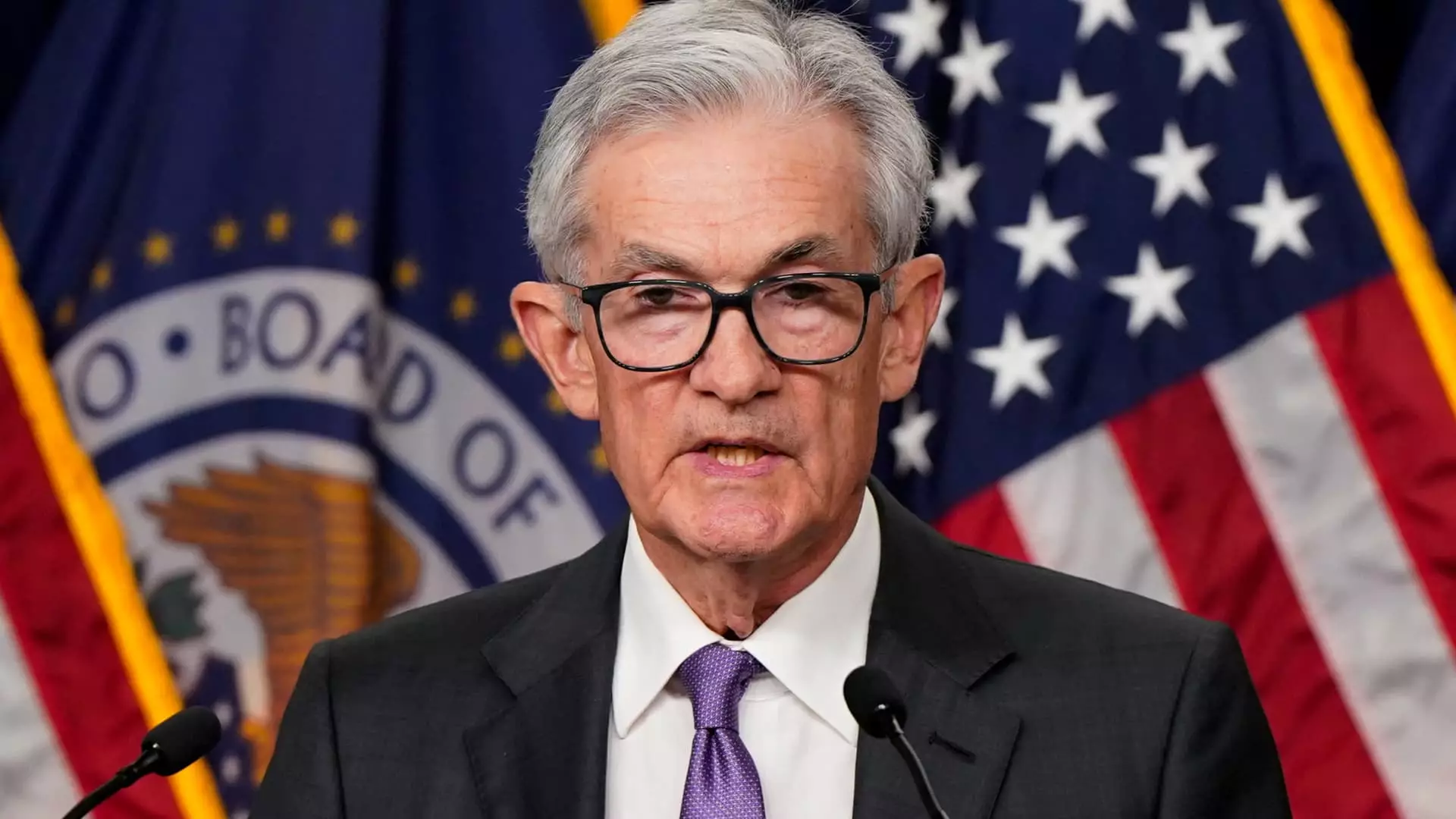On a significant day for the financial markets, the Federal Reserve took a decisive step on March 16, 2020, by lowering interest rates in response to the economic uncertainty brought about by the Covid-19 pandemic. Fast forward to a recent decision where the Fed has enacted its first interest rate cut since those tumultuous days, this time reducing rates by half a percentage point, which equates to 50 basis points. Such a move, marking a proactive approach amidst a perceived slowdown in the labor market, presents an interesting case study on the implications of U.S. monetary policy not just for domestic economic health, but also for financial dynamics on a global scale.
Understanding the Rate Cut and Its Impacts
The Federal Open Market Committee’s (FOMC) decision to cut rates establishes a new federal funds rate target range of 4.75% to 5%. This rate is critical as it serves as the benchmark for a variety of borrowing costs that consumers encounter daily—mortgages, auto loans, and credit cards, to name a few. The decision, reflecting a shift in market expectations that had previously oscillated around smaller cuts, demonstrates the Fed’s readiness to act more decisively in response to evolving economic indicators. Uncharacteristic of recent years, this move was with consensus among FOMC officials (11-1), although Governor Michelle Bowman’s dissent highlights divergent views even within the committee.
A key driver for this decision was the evolving landscape of employment and inflation. As the Fed noted, while jobs have been gained steadily, the rate of gains has slowed, and unemployment figures have inched upwards, yet still remain historically low. Despite these shifts, the outlook for inflation has also softened, suggesting a potential for further cuts. The Fed’s projections indicate not only this immediate move, but also anticipate another significant cut before the year’s end, with overall expectations reflecting an additional reduction of up to two percentage points over the next few years.
Interestingly, even as inflation rates have moderated—currently hovering around 2.5%—the Fed’s outlook is cautious, particularly regarding sustained economic stability. Chair Jerome Powell articulated the challenge facing the committee: balancing the restoration of price stability while avoiding heightened unemployment that often accompanies aggressive monetary tightening. This nuanced approach highlights the Fed’s ongoing commitment to navigating amidst uncertainties in the labor market and the economy at large.
Market Reactions and Broader Implications
The decision to cut rates was met with volatility across financial markets, where reactions fluctuated before stabilizing. The Dow Jones initially surged as traders reacted to the news; however, stock prices ended slightly lower after investors absorbed the implications of such a substantial cut. This duality in market behavior illustrates a broader tension: while investors welcomed immediate relief from higher borrowing costs, they remained wary of what the rate cut signals about the state of the economy.
Notably, the FOMC’s decision may not merely influence domestic markets. The U.S. holds a central role in the global economic framework, and shifts in its monetary policy are likely to resonate globally. Several other central banks, including those in the UK and Canada, have already initiated similar rate cuts, suggesting a potential alignment of monetary policies that could reshape global economic dynamics.
While the Fed’s action appears to paddle against the current of sustained inflationary pressures, other economic indicators remain encouraging. The GDP continues to grow, with the latest projections highlighting robust consumer expenditure contributing to an anticipated 3% growth in the third quarter. However, the apprehension regarding the current hiring rate, which is significantly low, indicates potential vulnerabilities in the labor market that the Fed cannot ignore.
The central bank is now confronted with an essential question: how low can rates go before the ramifications of continued cuts emerge? Investors are divided on expectations for future cuts, indicating uncertainty about the Fed’s subsequent moves. It is critical for the Fed to maintain a calculated approach, ensuring that it neither hinders growth nor exacerbates inflation in the endeavor to rehabilitate the economy.
The recent interest rate cut is a commendable strategy reflecting both sensitivity to labor market nuances and a commitment to fostering sustainable inflation levels. The Fed’s balancing act will require close monitoring and adaptability in the months ahead, especially as global counterparts respond and evolve in tandem with U.S. decisions. As we look forward, the path ahead will necessitate strategic foresight and responsive policymaking to ensure both economic resilience and stability in an increasingly interlinked global market. The interplay between rates, inflation, and employment figures will undoubtedly continue to shape the economic narrative in significant ways.

